Do you have a bad toothache, and you’re thinking that root canal therapy is the only way to treat it? Well, you’ve come to the right place to learn more about the alternative to a root canal.
Root canal treatment is often considered the best way to treat severe tooth pain caused by an infection or damage to the tooth’s pulp. Even though it may sound scary, knowing how the process works and what it can do for you can help ease any worries.
So, before choosing an alternative procedure, ask your dentist if it suits you.
A dentist in Edina, MN, gives five alternatives to root canals and how to prevent root canal treatment.
Contents
5 Best Alternative To Root Canal Treatment
If you’re not eligible for a root canal treatment or simply prefer not to pursue it, exploring alternative options is advisable. You can consult an orthodontist and an endodontist to find the most suitable alternative treatment for your situation.
Here are the five best alternatives to root canal treatment that can help maintain the natural stability of your tooth:
1. Direct pulp capping
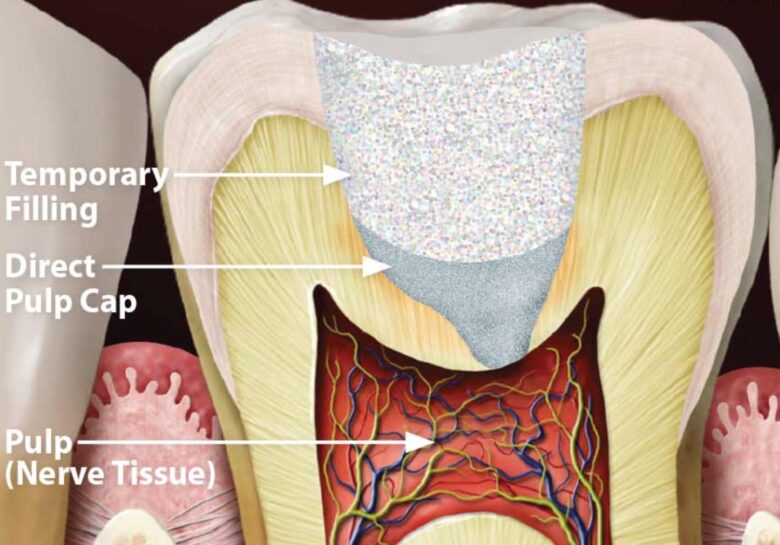
Source: deardoctor.com
Direct pulp capping is a dental procedure that can treat severe damage or decay when the pulp is exposed. It’s a way to prevent the need for a root canal or tooth extraction later on.
This treatment deals with a condition where the vital pulp is exposed. It includes using dental materials to help repair the dentin and keep the pulp alive.
Calcium hydroxide and mineral trioxide aggregate (MTA) are the two most popular materials used for pulp capping. These materials create a protective barrier for the pulp and help heal tissues.
Once the pulp capping materials have been applied, the tooth is filled to restore its structure and function.
However, there are a few things to consider. Direct pulp capping is usually recommended when the amount of pulp that is revealed is small, and the exposed pulp looks healthy, with no signs of inflammation or decay. Also, it tends to work better in younger people.
2. Pulpotomy
A pulpotomy is a dental procedure in which a tooth’s pulp is taken out. It is usually done when the pulp is visible or when it is severely damaged. One big difference between a root canal treatment and a pulpotomy is that the root canals and nerves of the tooth are preserved in a pulpotomy.
This procedure treats teeth that are still alive, with active blood flow and responsiveness to temperature and sensation. It involves removing the pulp located in the main part of the tooth above the gum line.
Pulpotomies are commonly performed on children who have baby teeth or underdeveloped adult teeth when the root hasn’t fully formed. In adults, these procedures are typically reserved for emergency situations to alleviate pain until a root canal treatment can be performed.
3. Tooth extraction
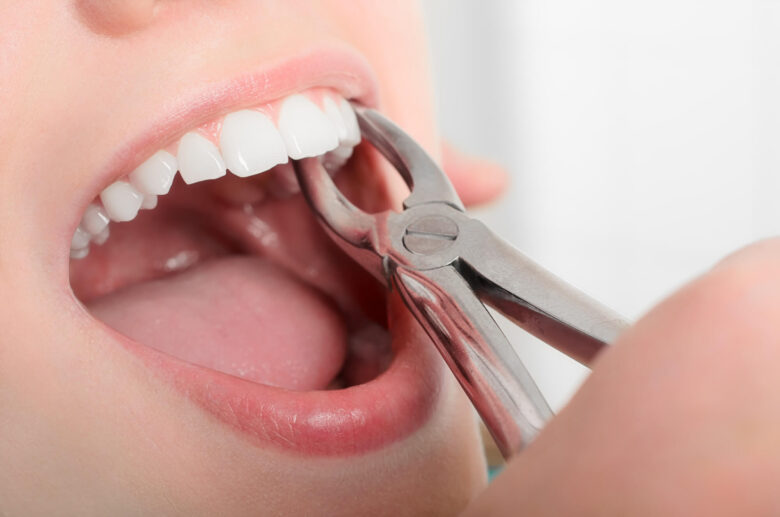
Source: boiseoralsurgery.com
Tooth extraction involves the complete removal of a tooth. It is usually advised when a tooth has severe decay or damage, and it is considered a better option than a root canal.
After getting a tooth pulled, you have a few choices to replace the missing tooth:
• Dental Implant
Dental implants are placed in your jawbone through a surgical procedure. They act as replacement roots for missing teeth. Once the area has healed, an artificial tooth is attached to the implant. This treatment is typically recommended for individuals who have lost a tooth.
• Dental Bridges
If you’re missing one or more teeth, a dental bridge can help by filling the gap with artificial teeth. The bridge usually consists of crowns on either side of the missing tooth or teeth, which support an artificial tooth in between. It’s then securely cemented in place.
• Removable Partial Denture
It is made up of a plastic base that looks like gums and has replacement teeth attached to it. In some cases, a metal framework is used to secure the denture inside the mouth.
They are an excellent choice when you have several missing teeth but still retain one or more natural teeth in the upper or lower jaw.
4. Endodontic Retreatment
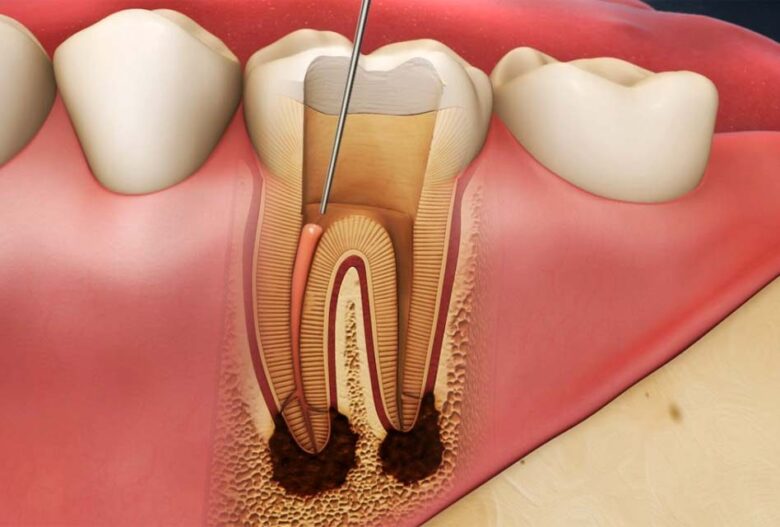
Source: deluxedentistry.com
Involves an endodontist reopening your tooth to remove the filling materials that were put in the root canals during the first treatment.
The dentist examines the tooth to identify any additional canals or new infections. If an infection is present, they remove it and clean and shape the canals. Then, they use new filling materials to fill the canals. A temporary filling is applied to seal the opening. Once the tooth has fully healed, the dentist places a new crown or another type of restoration to protect it.
5. Endodontic surgery
This treatment helps find tiny cracks or hidden canals that X-rays might have missed during the first root canal treatment. It can also get rid of calcium buildup in the root canals and fix damaged root surfaces or the bone around the tooth.
During the process, a small amount of local anesthesia is given, and the gum tissue near the tooth is opened up to expose the bone underneath. Any tissue that is inflamed or infected is taken out, as well as the very end of the root. A small filling or stitches may be used to close off the end of the root canal. Over the course of a few months, the bone will heal around the end of the root.
Did Your Dentist Suggest You Get Root Canal Treatment?
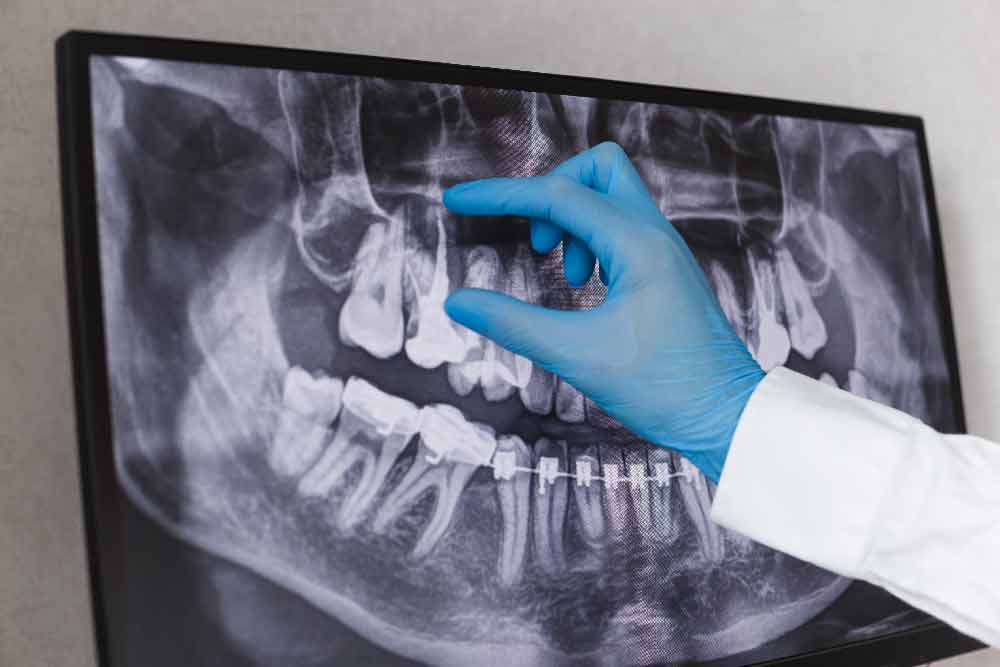
Source: blackburnfamilydentalcare.com.au
When your dentist suggests a root canal, it’s normal to feel nervous or worried, but it’s important to think about it carefully. Don’t hesitate to ask about other options, like pulp capping or pulpotomy.
If your dentist recommends a root canal, it’s because they think it’s the best way to help you. After examining your tooth, they probably decided that other procedures might not be as good or useful.
What Can You Do To Prevent Root Canal?
To avoid needing root canal surgery, it’s important to maintain good oral hygiene. Here are some simple tips to help you achieve this:
- Brush: Brushing your teeth removes plaque and prevents tooth decay. Make it a habit to brush toothpaste with fluoride at least twice a day.
- Floss: Remember to floss regularly too. Plaque can hide between your teeth, so cleaning those spaces with dental floss is essential.
- Food limitation: To prevent tooth decay, cutting back on sugary foods and drinks is wise. Try to limit your consumption of candies, cakes, and soda.
- Mouth protection: If you engage in activities or sports that could injure your mouth, protect your teeth by wearing a mouthguard.
- Visit your dentist regularly: Make sure to see a dentist for routine visits, and if you experience any pain, sensitivity, or swelling, don’t hesitate to reach out to them.
Conclusion
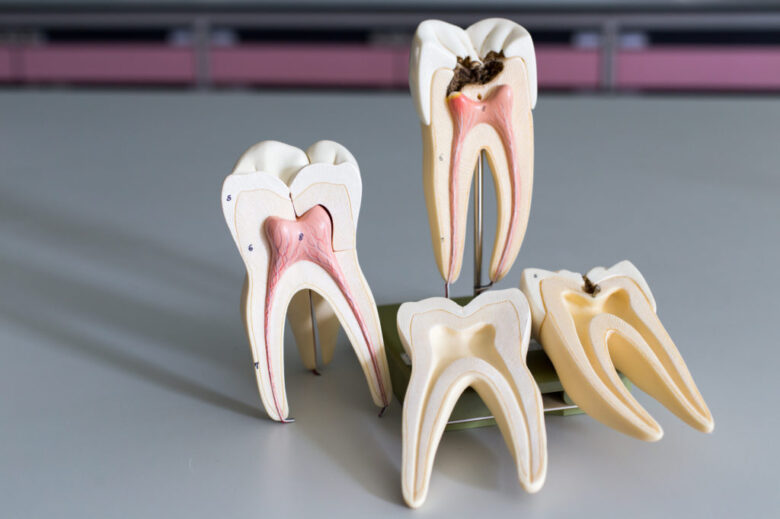
Source: memorialdentists.com
When reconsidering root canal surgery, it’s essential to consider other options.
If you’re experiencing severe tooth pain due to infection or pulp damage, root canal therapy is often suggested as a solution. However, there are still other practical alternatives that you can consider.
Talk to your dentist to figure out the best treatment that suits you.
